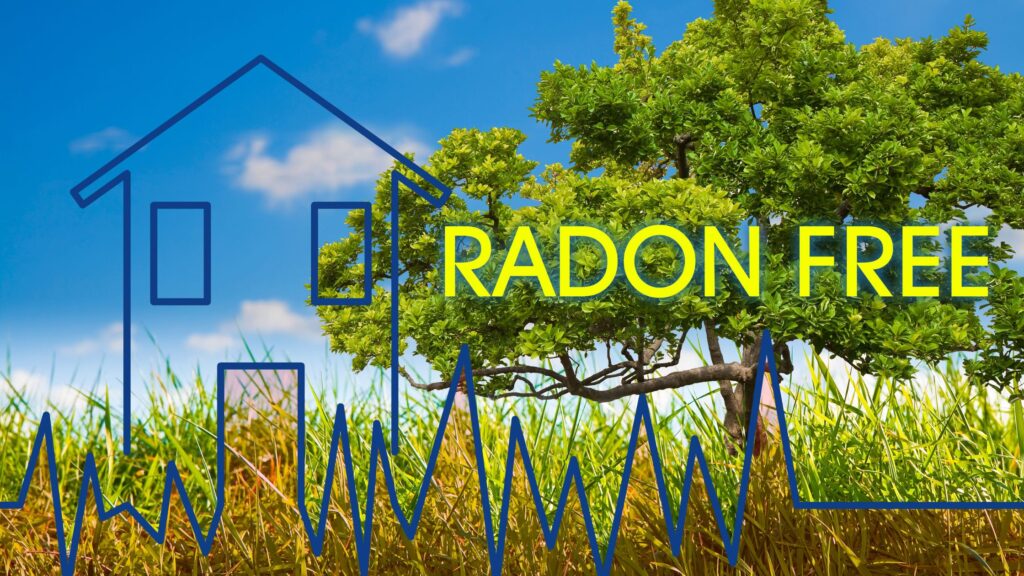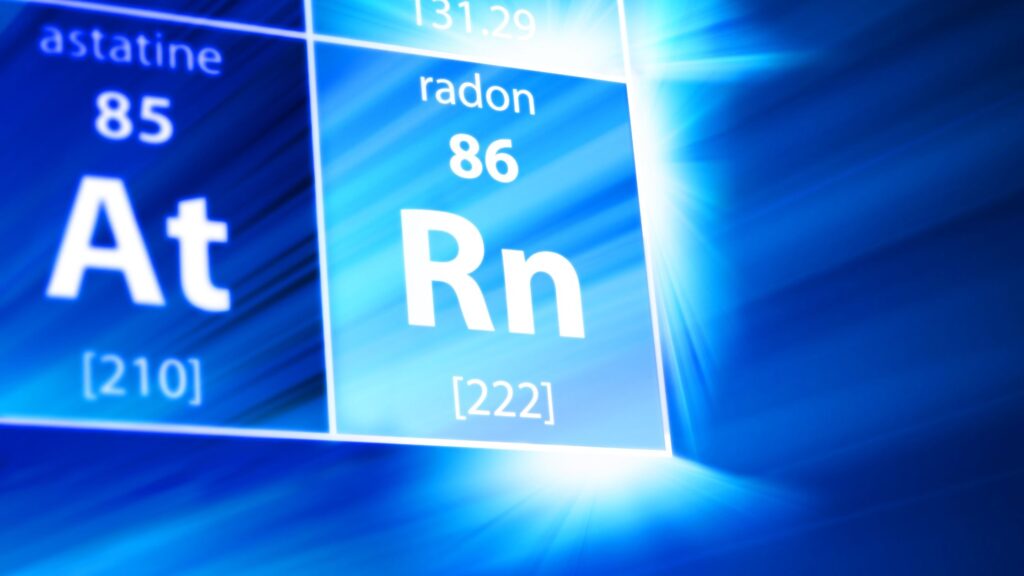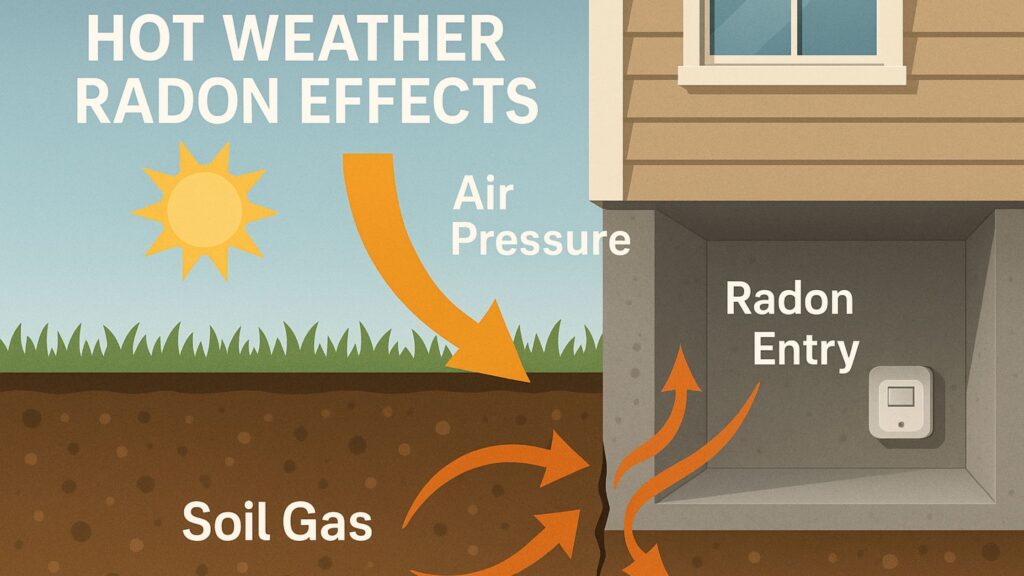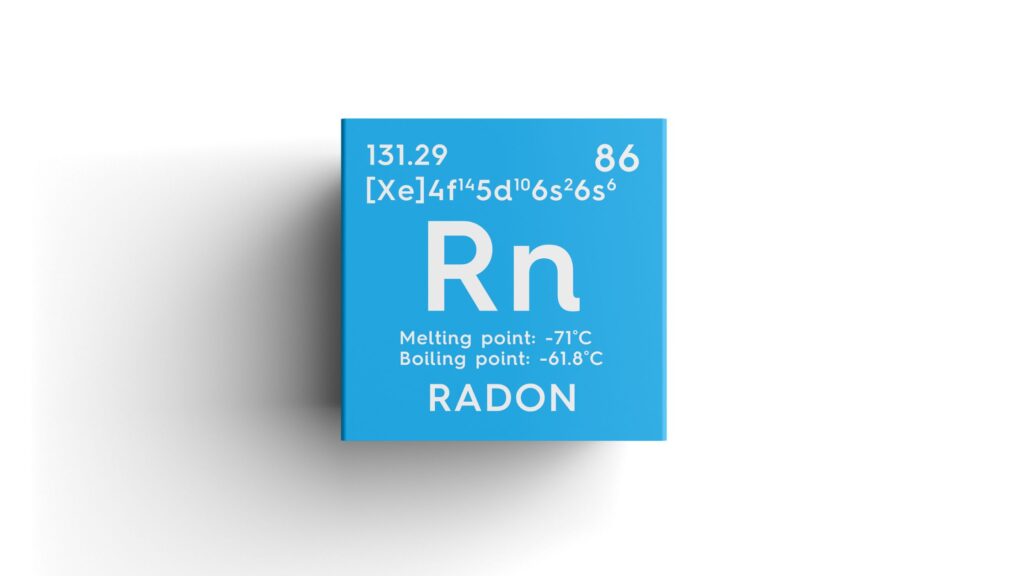Today, many homeowners are focused on building sustainable, energy-efficient homes to reduce energy use and carbon footprints. However, a hidden concern often goes unnoticed — radon accumulation in energy-efficient homes. When houses are tightly sealed with limited ventilation, they can unintentionally trap this harmful gas inside.
This article explores the causes and risks of radon accumulation in energy-efficient homes and shares practical ways to prevent it. It also explains how partnering with experts like Des Moines Radon can help keep your home both efficient and safe.

What is Radon and Why It Matters
Radon is a naturally occurring radioactive gas released from the decay of uranium in soil and rock. It has no color, odor, or taste, so it can’t be detected without testing. When radon enters a home and accumulates over time, it poses serious health risks—especially as a major cause of lung cancer among non-smokers. While it safely disperses outdoors, it becomes far more dangerous indoors, where ventilation is limited.
Modern energy-efficient homes are designed to be tightly sealed to prevent heat loss, but this reduced airflow can unintentionally trap radon inside. As a result, radon accumulation in energy-efficient homes has become a growing concern, making regular testing and awareness essential for maintaining a safe living environment. Learn more about Where Is Radon Found.
Why Radon Accumulation in Energy-Efficient Homes Occurs
Many people think that improving a home’s energy efficiency also makes the air cleaner—but that’s not always the case. One major issue that often gets overlooked is radon accumulation in energy-efficient homes. When houses are built with tighter seals and reduced airflow to save energy, they can accidentally trap radon indoors. Here’s why this happens:
- Limited air exchange: Energy-efficient homes restrict the flow of outdoor and indoor air, allowing radon from soil or building materials to build up.
- Increased radon levels: Studies show that highly efficient homes often have higher radon concentrations due to reduced natural ventilation.
- Pressure differences: Airtight designs and heavy insulation can create pressure imbalances that pull radon into living areas.
While saving energy is important, maintaining good air quality is equally vital. Without proper ventilation or a radon mitigation system, even the most efficient homes can face serious radon accumulation in energy-efficient homes.
Key Risk Factors for High Indoor Radon Levels
Even with modern, energy-efficient construction, several factors can still increase the risk of radon accumulation in energy-efficient homes. These include both design elements and everyday household habits:
A. Foundation cracks and soil contact: Openings such as cracks, pipe gaps, or holes in basement floors and walls allow radon gas from the soil to seep into the home.
B. Limited ventilation: When windows remain closed and air circulation systems are restricted to save energy, radon can stay trapped indoors for longer periods.
C. Airtight building design: While reducing air leaks helps maintain temperature and efficiency, it also prevents natural airflow that could help flush out radon.
D. Heavy construction materials and multi-storey designs: Larger, well-insulated structures or multi-level homes often have less natural air movement, allowing radon to build up more easily.
E. Homeowner habits and upgrades: Actions like closing vents, switching off exhaust fans, or sealing a home during weatherproofing can increase radon levels. After major energy upgrades, testing should always be repeated to ensure safety.
Understanding and monitoring these risk factors is the first crucial step toward preventing radon accumulation in energy-efficient homes and maintaining a healthy indoor environment.

Practical Recommendations for Homeowners
Here are some simple and effective actions you can take:
I. Test your home for radon: Use an approved radon test kit or hire a professional to measure radon levels. Testing is the only reliable way to know if your home’s air is safe.
II. Retest after upgrades: If you’ve added insulation, sealed leaks, or replaced windows, test again. These improvements can change airflow and pressure, affecting radon levels.
III. Maintain good ventilation: Every energy-efficient home still needs balanced airflow. Systems like mechanical ventilation with heat recovery help keep air fresh without wasting energy.
IV. Seal cracks and gaps: Check your foundation, floors, and pipe openings. Sealing these small entry points helps prevent radon from entering your home.
V. Install a mitigation system if required: If radon readings are higher than recommended, a certified mitigation system—such as sub-slab depressurization—can effectively reduce indoor levels.
VI. Keep monitoring regularly: After installing a mitigation system or making renovations, retest periodically to ensure safety and efficiency.
By following these simple measures, you can control radon accumulation in energy-efficient homes while still enjoying the comfort and benefits of sustainable living.
How a Professional Service Can Help
When it comes to managing radon accumulation in energy-efficient homes, working with a certified professional makes all the difference. Des Moines Radon provides complete testing and mitigation services for both residential and commercial buildings. Their experts carefully examine how radon enters through soil gas, assess ventilation systems, and measure air pressure differences to find the best solutions. They then design custom mitigation systems that fit perfectly with energy-efficient home designs.
With their deep understanding of both radon control and building performance, Des Moines Radon ensures that your home stays healthy without sacrificing energy efficiency. Their proven approach supports two essential goals — sustainability and safety — helping you enjoy all the benefits of an energy-efficient home while preventing radon accumulation in energy-efficient homes.

Conclusion
In conclusion, energy-efficient homes provide great benefits—lower bills, improved comfort, and a smaller carbon footprint—but they can also face a hidden risk: radon accumulation in energy-efficient homes. Because these homes are tightly sealed and have limited airflow, radon can build up indoors if not managed properly.
Thankfully, this problem is easy to prevent. Regular testing, proper ventilation, sealing foundation cracks, and professional mitigation can keep radon levels safe. For expert testing and long-term solutions, reach out to DSM Radon. By pairing energy efficiency with smart radon control, you can enjoy a home that’s both sustainable and healthy.





